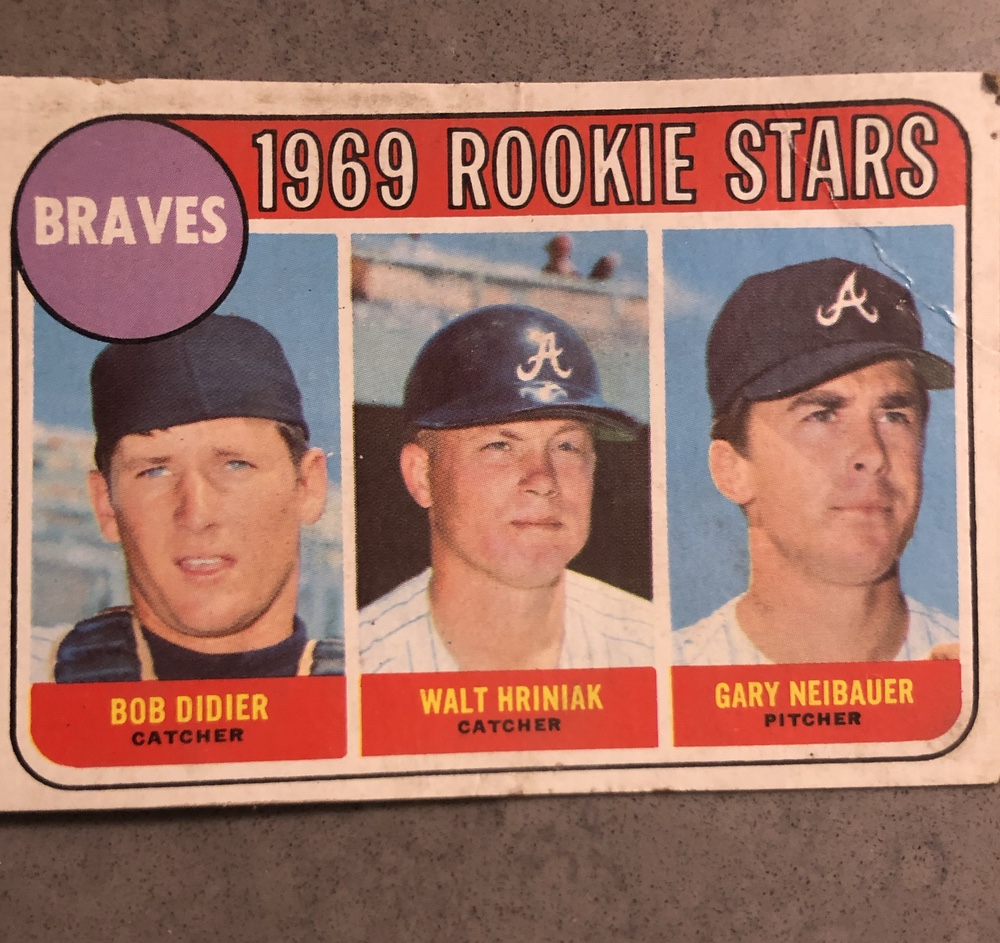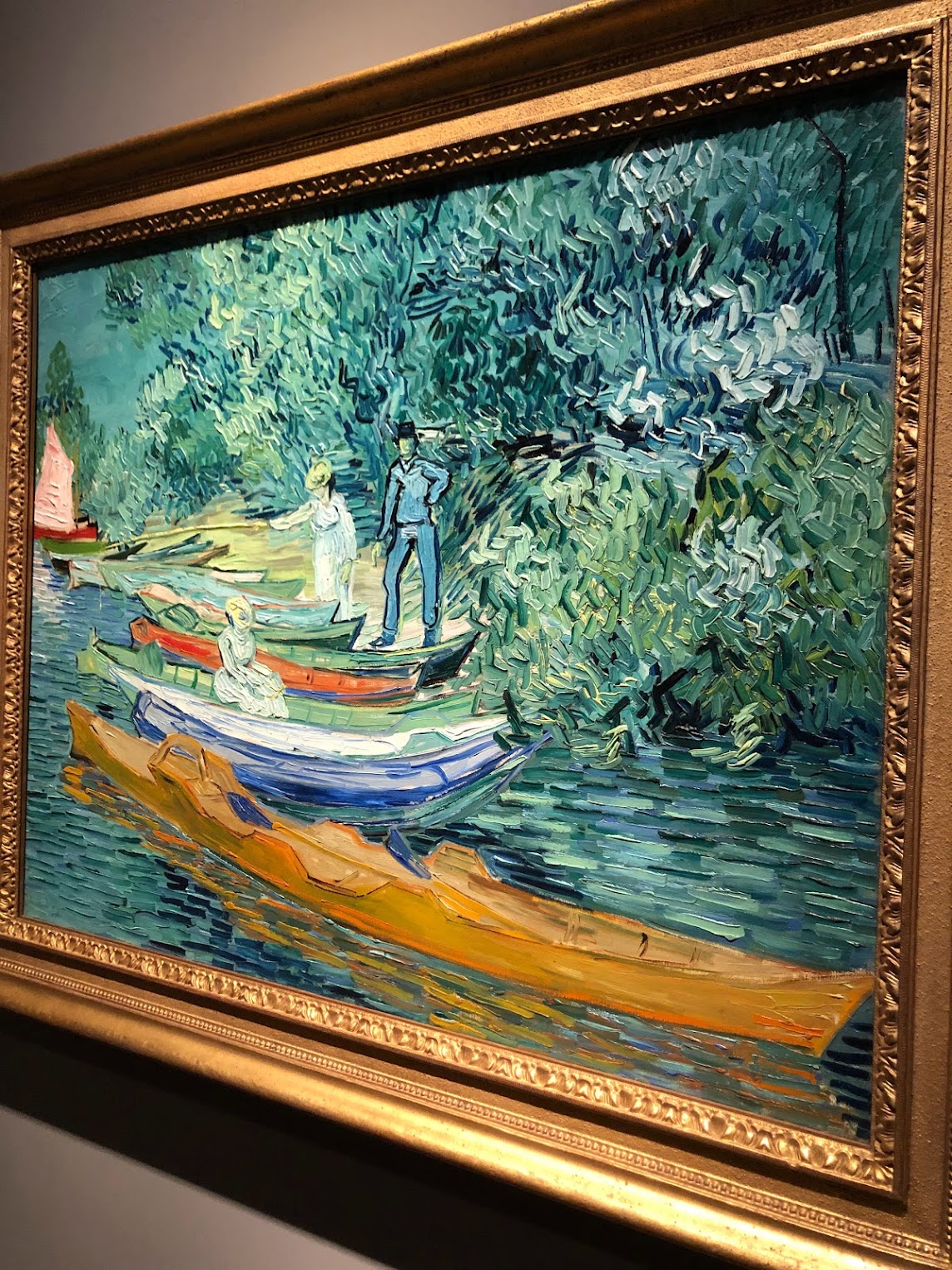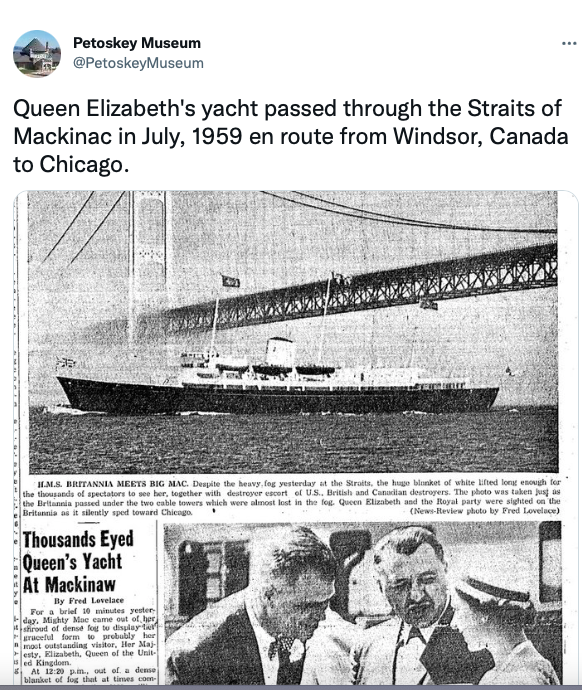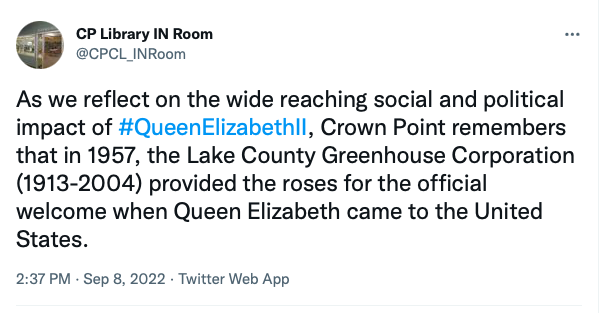Note: I started to write this for Deadline Detroit, trashed it, rewrote it, trashed it again – it seemed too obvious. But now, in the last days before the election, gubernatorial candidate Tudor Dixon has unearthed dirty books as a campaign issue. So, with a sigh, I say the obvious.
Defending books from those who would ban them, burn them, keep them out of libraries – that’s porn for a progressive. It’s so easy to step up for Kurt Vonnegut, Margaret Atwood, Toni Morrison, all of whom have written something to cheese off right-wingers. It’s almost literal virtue-signaling.
It’s harder to do it for the terrible writers – hacks, pornographers, crap-merchants – who also get swept up in the net wielded by people like state Sen. Lana Theis, who last summer choked back tears on the MIRS podcast when talking about the filthy, filthy books that Michigan children are exposed to in their school libraries. Stung by her tongue-lashing from her Senate colleague, Mallory McMorrow, she sought to get a little of her own back by also crying to the Detroit News’ Ingrid Jacques, champion of put-upon conservative women everywhere. Wrote Jacques, in her last column for the paper:
Theis points to specific books that she knows are in some Michigan school libraries or being taught in the classroom. Books such as “It’s Perfectly Normal: Changing Bodies, Growing Up, Sex, Gender, and Sexual Health” depict in graphic detail masturbation, sexual positions and LGBTQ relationships. It’s targeted to children ages 10-13.
Other books such as “Push” describe a father raping his daughter, also in great detail.
“Do you believe preschoolers and elementary school children should be exposed to complex sexual and gender identity issues?” she asks. “Or do you believe children should be able to maintain their innocence at those young ages?”
Innocence. Huh. In my experience, 10-13 years is the age when puberty arrives, early for some (mortifying) and later for others (equally mortifying). Once that happens, one’s brain becomes a fetid stew of confusion, and innocence – at least, the innocence of early childhood – flies out the window. A book that explains how one’s body is changing, not just in medical terms but in a way that at least acknowledges all the weirdness one might feel as a result, sounds like a welcome addition to any school library. (Also, please: If 12-year-old boys, and some girls, aren’t masturbating, I’m Marilyn Monroe.)
I was about 12 when a different book was passed around my junior high school, like Soviets sharing samizdat. “The Godfather” was a best-seller, the ‘70s version of the Mafia tale. The paperback was everywhere, copies stained with pool water dripped by summer readers and ketchup from lunch readers, spines scored with multiple openings and closings. But we all knew what we wanted. Our copies fell open to page 21.
It’s the scene where Sonny Corleone screws Lucy, a bridesmaid at his sister’s wedding. Author Mario Puzo doesn’t spare a detail in describing Sonny’s huge penis, “an enormous, blood-gorged pole of muscle” that penetrates Lucy and causes “unbelievable pleasure” as she receives the “savage arrows of his lightning-like thrusts” which of course – of course! – end in a “shattering climax” for Lucy, the first of her life. Of course.
Junior high was different then. Most of us were still virgins. Our health classes talked about reproduction, sperm and eggs, but nothing about blood-gorged poles of muscle, needless to say. The passage was titillating, confusing and terrifying. We all had enough knowledge to understand, theoretically at least, that we’d be having sex one of these days, but we feared for the integrity of our tender interiors, should it be with a Sonny Corleone. But Lucy felt unbelievable pleasure; it said so right on the page. From savage arrows. What is going on here?
Here’s another book Theis named in her tour of aggrievement, “Push,” by an author known only as Sapphire. It opens with this devastating passage:
I was left back when I was twelve because I had a baby for my fahver. That was in 1983. I was out of school for a year. This gonna be my second baby. My daughter got Down Sinder. She’s retarded. I had got left back in the second grade too, when I was seven, ’cause I couldn’t read (and I still peed on myself). I should be in the eleventh grade, getting ready to go into the twelf’ grade so I can gone ‘n graduate. But I’m not. I’m in the ninfe grade.
Clarieece Precious Jones, the child telling her story, is not innocent, needless to say:
“Father,” (the nurse) say. “What’s your daddy’s name?”
“Carl Kenwood Jones, born in the Bronx.”
She say, “What’s the baby’s father’s name?”
I say, “Carl Kenwood Jones, born in the same Bronx.”
I can see where “Push” might not be Theis’ cup of tea. But imagine you’re a child who’s enduring this sort of abuse at home – it happens, even in Howell – and you pulled this book down from a library shelf. You might feel less alone in the world. And maybe you are a well-loved child from an intact family, and you did the same. Maybe you’d feel like the world was wider than you might have thought.
And that is the whole point of literature. To hold a mirror to the world, all of it. Children should be guided in their choice of reading material by adults, but not dictated to. (You should have heard what my school librarian had to say about Nancy Drew mysteries, my absolute favorite for a while.) In a just world, any child entering a school library in search of reading material should be treated with trumpets and salutes. If a plain old book can cut through the static of TikTok, homework, over-scheduling and the million other things competing for their attention, give that author the Nobel Prize. That’s an accomplishment.
Theis’ cause is not a lonely one. I recently stumbled across a spreadsheet, file name “inappropriate library books,” compiled by FEC United, a hard-right group that has established a beachhead in Grosse Pointe, where I live. It contains “Push,” needless to say. And there’s the 1619 Project and various books about racism. All three of the authors I mentioned in my first paragraph are there. And now, late in the race, the flailing Michigan gubernatorial campaign of Tudor Dixon has seized on dirty books, which she describes as “books describing how to have sex” as an issue. I can’t really top Gov. Gretchen Whitmer’s riposte to that (“You really think books are more dangerous than guns?”), but I will add that in my experience, no one needs to be taught how to have sex; nature has endowed us with the instincts to figure it out on our own.
Anyway, like I said, we can all get a warm glow from sticking up for Toni Morrison. But I rise today to stick up for Mario Puzo, crap-merchant. His lousy novel was the foundation of two of the best movies ever made; that alone is the basis for a decent term paper. Lucy the bridesmaid gets her own subplot, a weird medical detour to explain her too-large vagina, and no I’m not kidding. It scarred me for years, worrying that one day I could only be satisfied by a donkey-endowed man like Sonny Corleone.
If only it had been kept from me!








